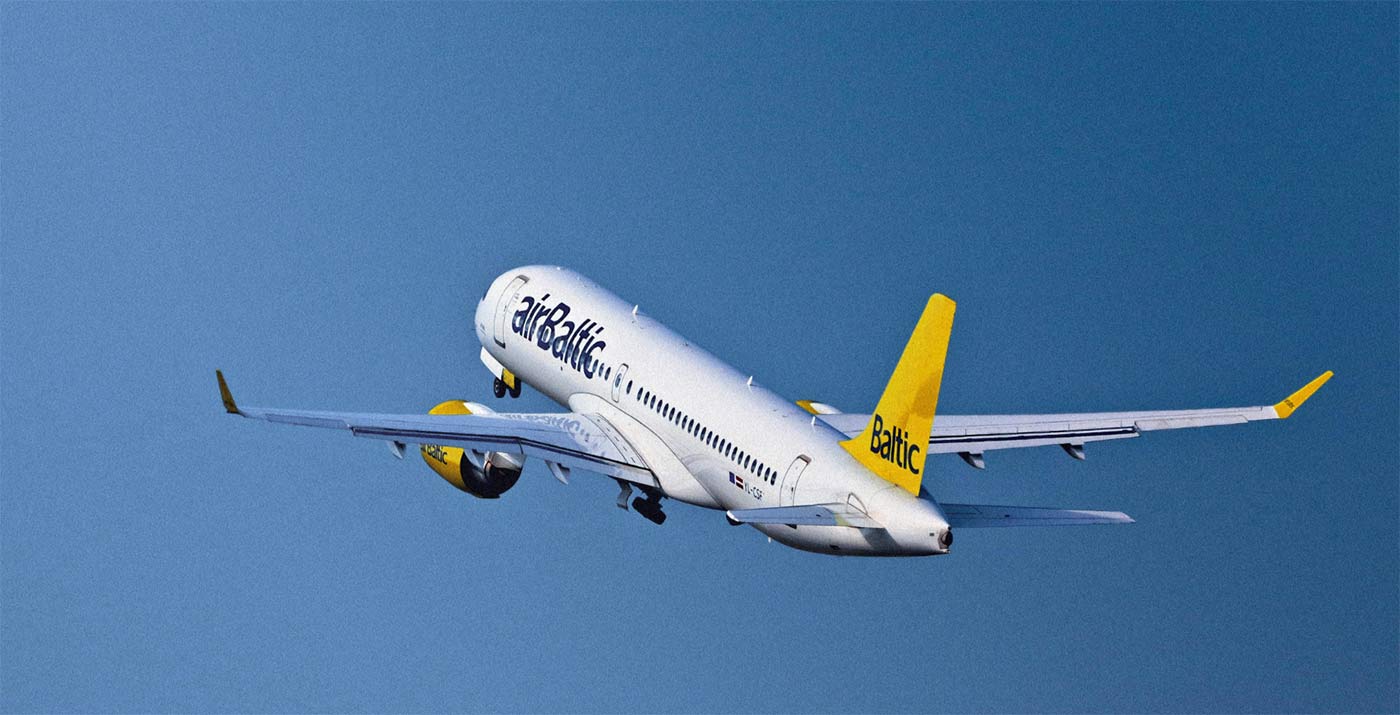
Shipper’s Guide to Navigating Air Cargo
Air cargo has become an indispensable component of global trade, enabling businesses to transport goods swiftly and efficiently across vast distances. Kenya, with its strategic geographic location and growing economy, is increasingly reliant on air cargo for its international trade. However, navigating the intricacies of air cargo shipping in Kenya can be daunting for those unfamiliar with the process. This comprehensive guide aims to provide shippers with essential insights and practical tips to ensure a smooth and successful air cargo experience.
Understanding Air Cargo in Kenya.
Air cargo in Kenya refers to the transportation of goods by air from one location to another, both domestically and internationally. The process typically involves several key stages:
- Booking and Planning: Shippers need to coordinate with airlines or freight forwarders to book cargo space, provide necessary documentation, and plan the shipping route.
- Packaging and Labeling: Proper packaging is crucial to protect goods during transit. Adherence to international packaging standards and clear labeling is essential.
- Customs Clearance: Both export and import customs clearance procedures need to be followed to ensure compliance with regulations and avoid delays.
- Transportation: The cargo is transported to the designated airport and loaded onto the aircraft for shipment.
- Delivery: Upon arrival at the destination airport, the cargo undergoes customs clearance and is delivered to the consignee.
Key Considerations for Air Cargo Shipping
- Choosing the Right Carrier: Select an airline or freight forwarder with a proven track record, reliable services, and a strong network in Kenya. Consider factors such as flight frequency, destination coverage, and pricing.
- Documentation: Ensure that all required documents, including commercial invoices, packing lists, certificates of origin, and customs declarations, are prepared accurately and in a timely manner.
- Customs Regulations: Familiarize yourself with the specific customs regulations and requirements for both the country of origin and destination. This includes understanding prohibited or restricted items, import duties, and taxes.
- Insurance: Consider obtaining cargo insurance to protect your shipment against potential losses or damages during transit.
- Security and Safety: Adhere to security protocols and regulations to prevent unauthorized access to your cargo. Ensure that hazardous materials are properly packaged and declared.
Challenges and Solutions
Air cargo shipping in Kenya can be subject to certain challenges, including:
- Infrastructure Limitations: Limited airport infrastructure and cargo handling facilities can sometimes lead to delays or inefficiencies.
- Customs Procedures: Complex customs procedures and potential bureaucratic hurdles can slow down the clearance process.
- Security Concerns: Security threats and the need for heightened security measures can impact transit times and costs.
To address these challenges, shippers can:
- Plan Ahead: Anticipate potential delays and plan accordingly, allowing for extra time in your shipping schedule.
- Utilize Customs Brokers: Engage experienced customs brokers to navigate the complex customs procedures and ensure timely clearance.
- Stay Informed: Keep up-to-date with the latest regulations, security requirements, and industry trends.
Conclusion
Air cargo shipping in Kenya offers businesses a fast and efficient way to transport goods globally. By understanding the key considerations, challenges, and solutions, shippers can navigate the process effectively and ensure a successful outcome. By planning ahead, choosing reliable carriers, and complying with regulations, businesses can maximize the benefits of air cargo and strengthen their international trade operations.



Jasondit
We offer a comprehensive collection of high-quality medicines for different conditions.
This website guarantees speedy and reliable order processing right to your door.
Every item is supplied by certified suppliers for guaranteed authenticity and compliance.
Easily search through our selection and make a purchase in minutes.
If you have questions, Our support team will guide you 24/7.
Take care of yourself with affordable online pharmacy!
https://www.apsense.com/article/842013-flomax-side-effects-the-complete-uncensored-guide.html